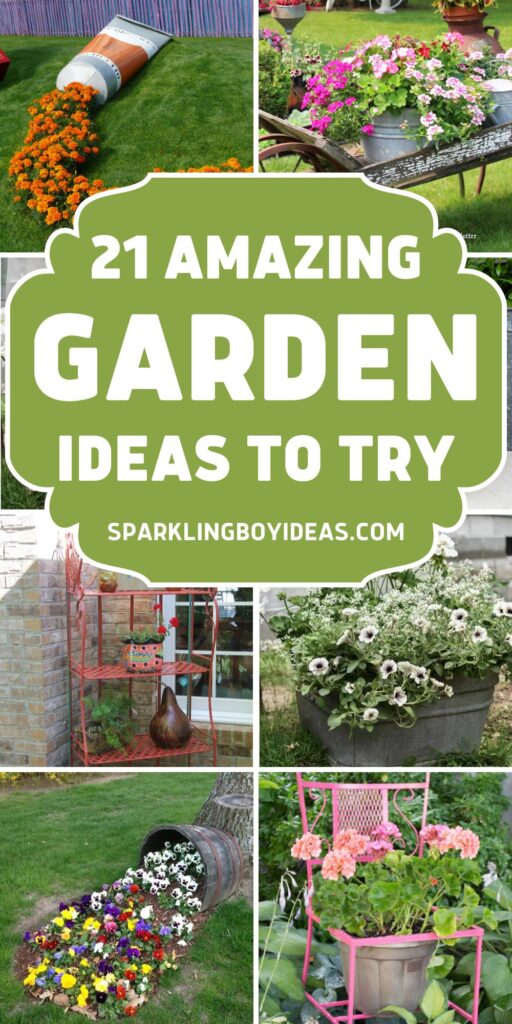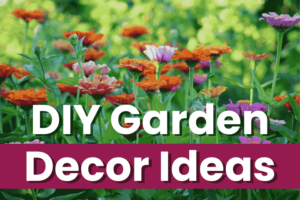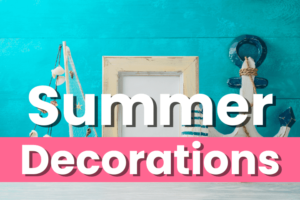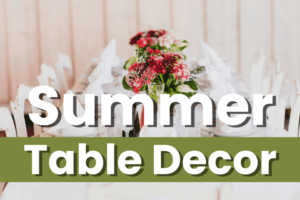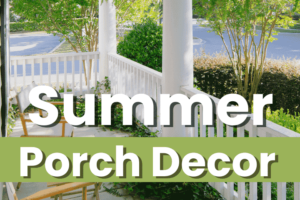Explore creative small garden ideas to transform your outdoor space into a serene oasis. From small garden design ideas to innovative container gardening solutions, find inspiration for every corner. Dive into DIY garden projects that enhance your home’s curb appeal with vertical gardens, backyard landscaping, and garden pathway designs. Whether it’s balcony gardens or small backyard gardens, discover the perfect blend of beauty and functionality with these easy garden decorations on a budget.
Unleash your creativity with our inspiring garden ideas that will transform any outdoor space into a lush oasis.
From fragrant cottage gardens to modern minimalist landscapes, we explore design tips, plant selections, and innovative techniques to bring your garden dreams to life.
Whether you have a spacious backyard or a cozy balcony, our blog guides you on a journey of discovery, helping you create an enchanting outdoor sanctuary.
Embrace the wonders of nature, unlock your green thumb, and embark on a horticultural adventure with us.
Get ready to enjoy vibrant blooms, lush greenery, and the soothing embrace of your own personalized garden.

Pollinators such as bees, butterflies, moths, and hummingbirds are essential for the survival of many plant species.
They rely on the nectar and pollen provided by flowers as a food source, while inadvertently facilitating plant reproduction.
By incorporating pollinator-attracting plants in your garden, you can create a haven for these beneficial creatures.
Why attract pollinators to your garden?
Attracting pollinators to your garden offers several benefits.
Firstly, pollinators help improve the yield and quality of fruits, vegetables, and nuts.
Without them, many crops would struggle to produce abundant harvests.
Secondly, pollinators contribute to biodiversity by promoting the growth of a wide variety of plants.
Additionally, pollinator-friendly gardens create a visual spectacle with their vibrant colors and fluttering wings, enhancing the aesthetic appeal of your outdoor space.
Factors to consider when choosing plants to attract pollinators
When selecting plants to attract pollinators, consider the following factors:
1. Native plants vs. non-native plants
Native plants are typically better suited to the local climate and soil conditions, making them more attractive to native pollinators.
However, certain non-native plants can also be beneficial if they provide nectar and pollen in abundance.
2. Flowering season & duration
Choose plants that bloom at different times throughout the year to ensure a consistent food source for pollinators.
Aim for a combination of early, mid, and late-season bloomers to support pollinators during their entire active period.
3. Flower shape & color
Different pollinators have specific preferences when it comes to flower shapes and colors.
For example, butterflies are attracted to flat-topped or clustered flowers, while hummingbirds favor tubular-shaped flowers.
Include a variety of shapes and colors to accommodate a diverse range of pollinators.
4. Fragrance
Fragrant flowers can attract pollinators from a greater distance, helping them locate your garden more easily.
Consider including plants with aromatic blooms to entice pollinators to visit.
10 Plants For Attracting Pollinators
Here are the top 10 plants known for their ability to attract pollinators.
1. Butterfly Bush (Buddleja davidii)
The Butterfly Bush is a favorite among pollinators, especially butterflies.
Its long clusters of colorful flowers release a sweet fragrance that attracts butterflies and bees.
Plant this shrub in full sun and provide well-drained soil.
2. Bee Balm (Monarda)
Bee Balm, also known as Monarda, features vibrant tubular flowers that are irresistible to both bees and hummingbirds.
It comes in various colors, including red, pink, and purple. This perennial plant thrives in full sun to partial shade.
3. Lavender (Lavandula angustifolia)
Lavender is not only loved for its soothing fragrance but also for its ability to attract bees and butterflies.
Its purple blooms provide a bountiful source of nectar. Plant lavender in well-drained soil and ensure it receives ample sunlight.
4. Black-Eyed Susan (Rudbeckia hirta)
Black-Eyed Susan is a popular native wildflower that blooms with bright yellow petals and a dark center.
It attracts bees, butterflies, and birds. This low-maintenance plant thrives in full sun and tolerates a variety of soil conditions.
5. Salvia (Salvia nemorosa)
Salvia, with its vibrant spikes of flowers, is a magnet for hummingbirds and bees.
This hardy perennial comes in various colors, such as purple, red, and blue. It prefers full sun and well-drained soil.
6. Coneflower (Echinacea purpurea)
Coneflowers are not only stunning with their distinctive cone-shaped centers but also highly attractive to bees and butterflies.
They come in various colors, including purple, pink, and white. Plant coneflowers in full sun and well-drained soil.
7. Sunflower (Helianthus annuus)
Sunflowers, with their large and vibrant blooms, are a favorite of bees and butterflies. They provide abundant pollen and nectar.
Choose varieties with single flowers, as they are easier for pollinators to access. Sunflowers thrive in full sun and well-drained soil.
8. Lantana (Lantana camara)
Lantana is a heat-tolerant plant that produces clusters of small, brightly colored flowers.
It attracts butterflies, bees, and hummingbirds with its nectar-rich blooms. Plant lantana in full sun and well-drained soil.
9. Milkweed (Asclepias)
Milkweed is essential for monarch butterflies as it serves as their host plant. Its fragrant flowers attract various pollinators, including bees.
Ensure you select native milkweed species suitable for your region.
10. Phlox (Phlox paniculata)
Phlox offers a profusion of fragrant flowers in shades of pink, purple, and white. Bees and butterflies are drawn to its sweet nectar.
Plant phlox in full sun to partial shade and provide well-drained soil.
Planting tips for attracting pollinators
To maximize the effectiveness of these pollinator-attracting plants, consider the following tips:
1. Create clusters of the same plant species to provide a more visible and abundant food source for pollinators.
2. Ensure your garden provides a combination of sunny and shaded areas to accommodate the preferences of different pollinators.
3. Avoid or minimize the use of pesticides, as they can harm pollinators. Opt for organic pest control methods instead.
4. Provide a water source such as a shallow birdbath or a saucer with water-soaked pebbles to offer a refreshing drink for pollinators.
5. Continuously monitor and maintain your garden by deadheading spent flowers and removing weeds to promote continuous blooming.
Stunning Small Garden Ideas For Home
“ Affiliate links provided for your convenience, please read my disclosure for more information.”
21. DIY Front Porch Planter
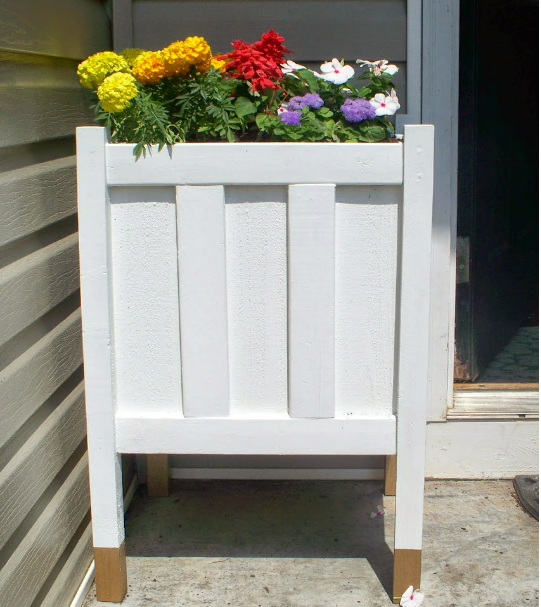
Credit: Home Heart And Hands
20. Old Tire Planter

Credit: Addicted 2 DIY
19. Mini Water Garden

Credit: What’s Ur Home Story
18. Tube of Orange Paint Leaks Marigolds
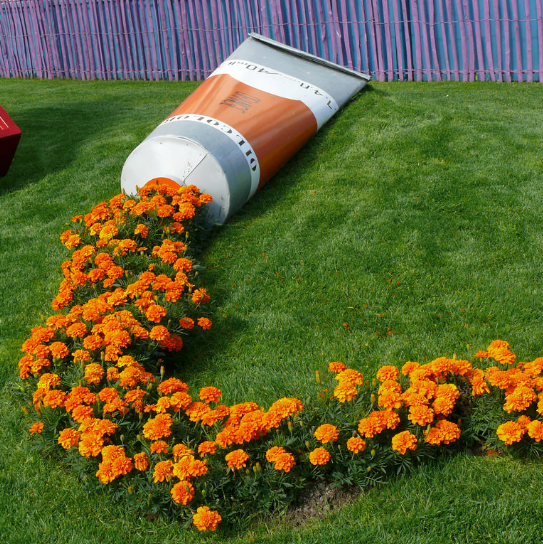
Credit: Creative’s Potting
17. Spilled Flower Pots

Credit: Fresh Patio
16. DIY Succulent Log Planter

Credit: House Of Haw Thornes
15. Bathroom Light Fixture Planter

Credit: Birdz Of A Feather
14. DIY Galvanized Tub Planters

Credit: Rocky Hedge Farm
13. Rusty Outdoor Garden Stand
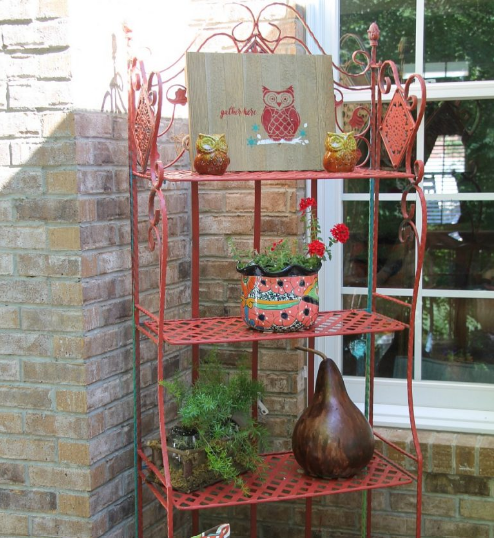
Credit: Debbie Debbie Doos
12. DIY Rubber Boot Planters

Credit: House Of Haw Thornes
11. Upcycled Truck Planter
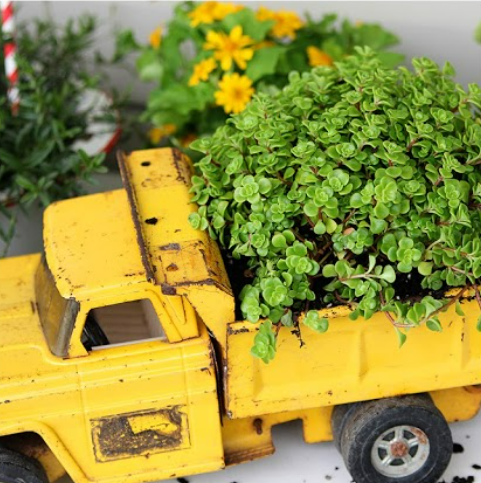
Credit: House Of Haw Thornes
10. DIY Upcycled License Plate Planter
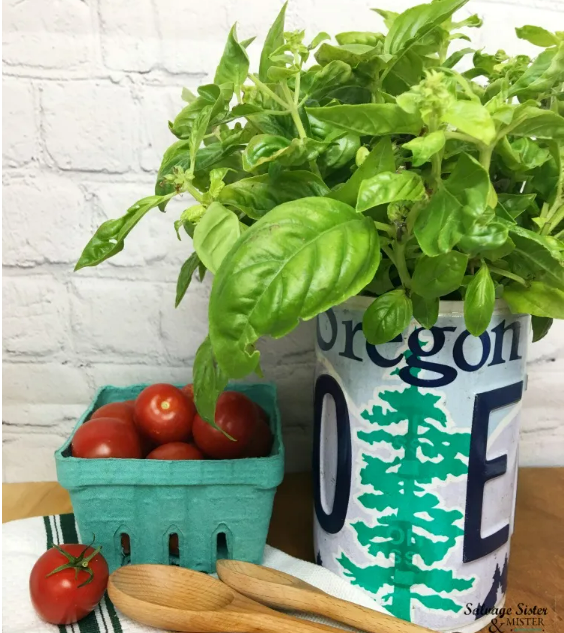
Credit: Salvage Sister And Mister
9. DIY Vintage Snack Set Bird Feeder
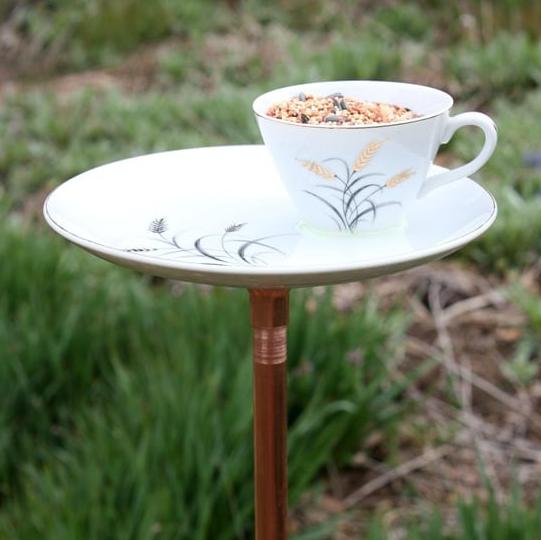
Credit: Virginia’s Sweet Pea
8. Repurposed Seed Spreader Planter

Credit: House Of Haw Thornes
7. Planting Pansies On The Deck Junk Garden Style

Credit: Organized Clutter
6. Pink Repurposed Patio Chair Garden Planters
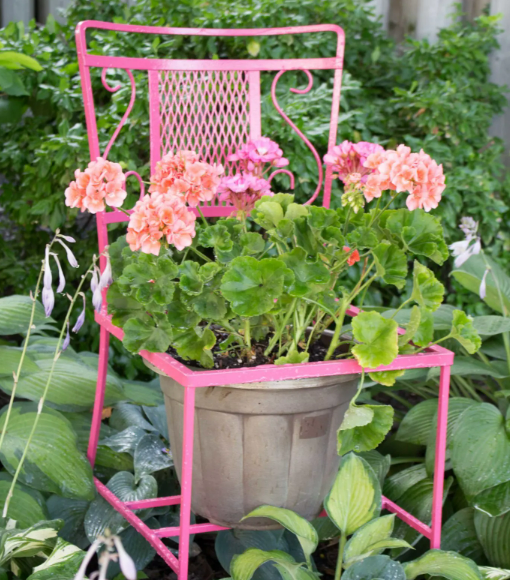
Credit: Sustain My Craft Habit
5. Decorating the Deck with Rustic Birdhouses
Credit: Organized Clutter
4. Rustic Garden Wheelbarrow

Credit: Organized Clutter
3. Primitive Tipsy Pot Planters
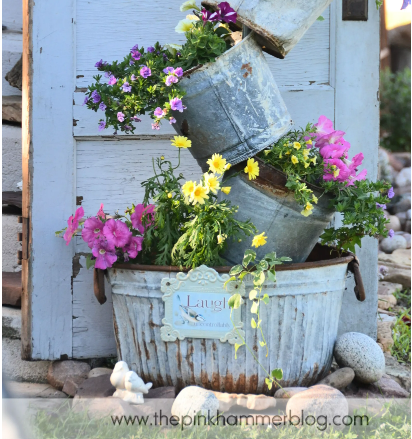
Credit: The Pink Hammer
2. DIY Fairy Garden

Credit: The DIY Mommy
1. Beautiful Flowers in Junky Containers
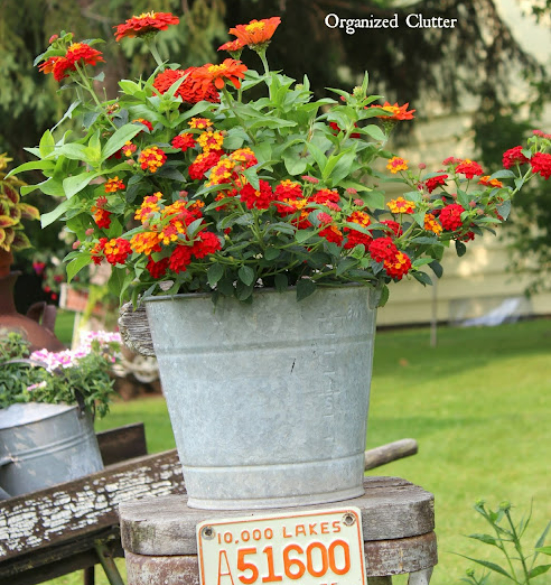
Credit: Organized Clutter
FAQs
Q. How long does it take for pollinators to visit the garden after planting these plants?
The time it takes for pollinators to visit your garden can vary. It depends on factors such as the local population of pollinators, the proximity of their habitats, and the availability of nectar and pollen. In general, you can expect to see some activity within a few weeks to a couple of months.
Q. Can I attract specific types of pollinators by planting certain plants?
Yes, different pollinators are attracted to specific types of flowers. For example, hummingbirds are drawn to tubular-shaped blooms, while butterflies are attracted to brightly colored flowers. Research the preferences of the pollinators you want to attract and choose plants accordingly.
Q. Do I need a large garden to attract pollinators?
No, you don’t need a large garden to attract pollinators. Even a small balcony or patio garden can be transformed into a haven for these creatures. Choose compact and container-friendly plants that suit your space constraints.
Q. Are there any maintenance requirements for these pollinator-attracting plants?
Like any garden, these plants will require some maintenance. Regular watering, fertilizing, and occasional pruning may be necessary to keep them healthy and blooming. Remove spent flowers to encourage continuous blooming and remove any diseased or damaged parts of the plants.
Q. Can I attract pollinators to my balcony or small patio garden?
Absolutely! Even in limited spaces, you can attract pollinators by choosing the right plants and creating a welcoming environment. Opt for container-friendly plants, utilize vertical space with trellises or hanging baskets, and provide water and shelter options to make your balcony or patio a pollinator-friendly oasis.
Now comes the important question… Which garden ideas do you like the most? Please let me know in the comments.
Few more Garden decorations !!!
Want to save this for later? Post these Garden Ideas to the “Garden Inspirations” OR “DIY Garden Ideas” Board!
